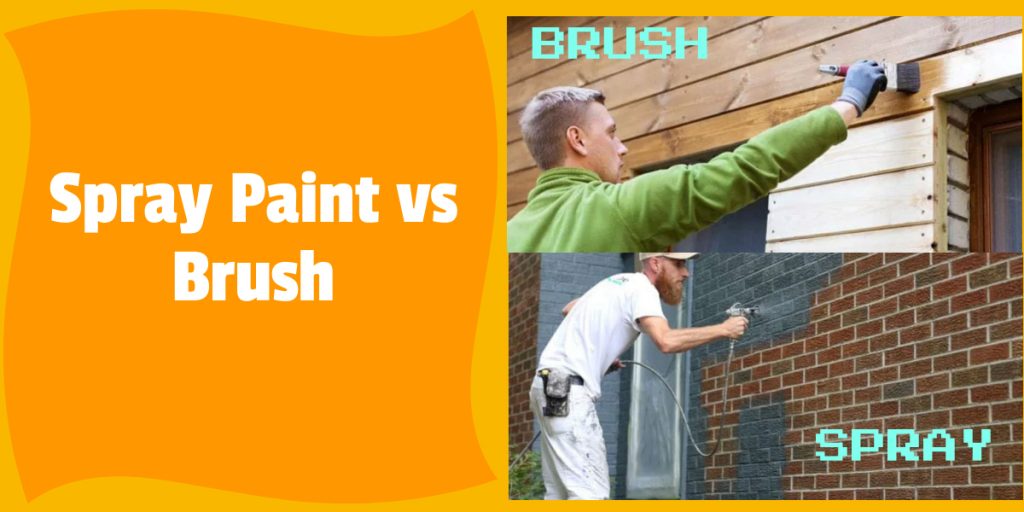
Affiliate links may be present in this article. We might receive a commission if you click and buy, at no extra cost to you. For additional information, please visit our disclosure policy.
When it comes to painting, there are two main methods: spray paint and brush paint. Both have their advantages and disadvantages, and it can be difficult to know which one to choose. Spray paint is often quicker and more efficient, while brush paint can be more precise and controlled.
Spray paint is ideal for larger surfaces, such as walls or furniture, as it can cover a lot of areas quickly and evenly. It also tends to dry faster than brush paint, which can be a plus if you’re short on time. However, spray paint can be messy and difficult to control, and it’s not ideal for detailed work or smaller areas. Brush paint, on the other hand, is great for intricate work and small spaces, as it allows for more control and precision. It’s also easier to touch up brush paint if needed. However, it can be time-consuming and require more effort than spray paint.
Ultimately, the choice between spray paint and brush paint depends on your specific project and preferences. Consider factors such as the size of the area you’re painting, the level of detail required, and the time and effort you’re willing to put in. By weighing the pros and cons of each method, you can make an informed decision and achieve the best results for your project.
Read also: Best Paint Brands UK
Contents
Overview of Spray Paint and Brush Techniques
When it comes to painting, you have two main options: spray painting or brush painting. Both techniques have their pros and cons, so it’s important to understand these before deciding which one to use for your project.
Pros and Cons of Spray Paint
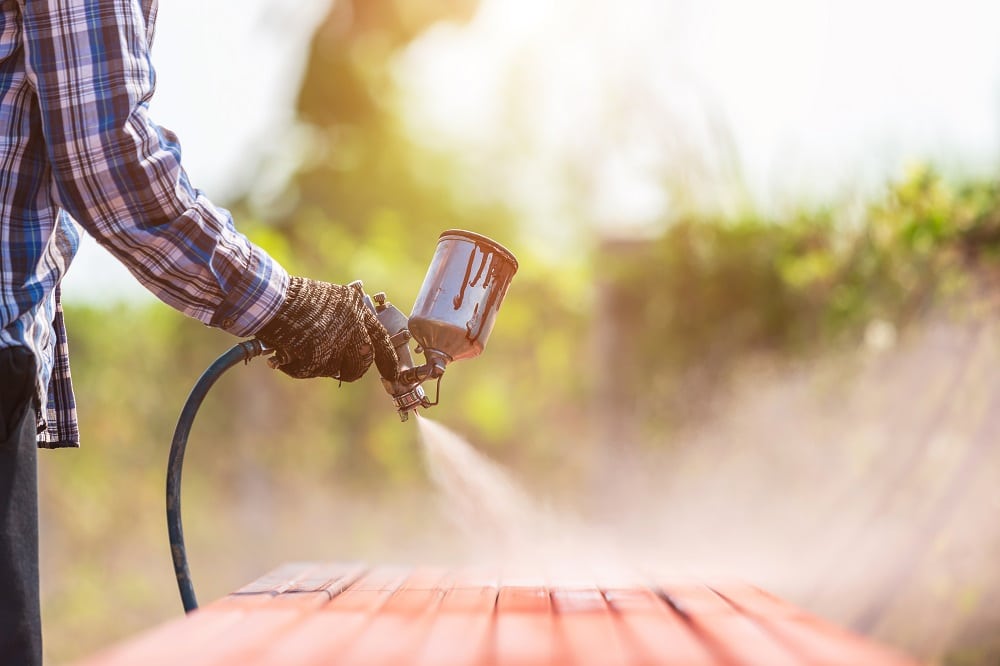
Spray painting is a popular choice for many because it’s fast and efficient. It can cover large areas quickly and evenly, making it ideal for large projects like painting a house or a car. Spray painting also creates a smooth, professional-looking finish.
However, there are some downsides to using spray paint. For one, it can be messy and wasteful. Overspray can get on nearby objects, and spray painting uses more paint than brush painting. Additionally, spray painting requires more preparation, such as masking and covering nearby objects to prevent overspray.
Pros and Cons of Brush Painting
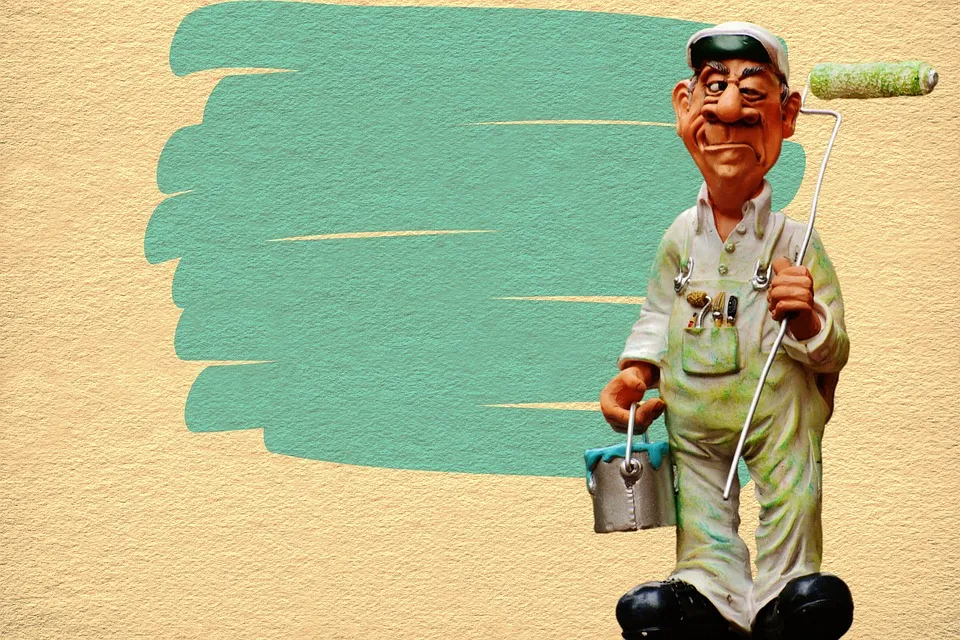
Brush painting is a more traditional approach that many people still prefer. It allows for more precision and control, making it ideal for smaller projects or areas that require more detail. Brush painting also uses less paint and is less wasteful than spray painting.
However, brush painting can be time-consuming and requires more effort than spray painting. It can also be more challenging to achieve a smooth, even finish with a brush, especially if you’re not experienced.
In summary, both spray painting and brush painting have their advantages and disadvantages. Consider the size and complexity of your project, as well as your experience and preferences, when deciding which technique to use.
Factors to Consider When Choosing Between Spray Paint and Brush Painting
When it comes to painting, choosing between spray paint and brush painting can be a tough decision. Both methods have their advantages and disadvantages, and the choice ultimately depends on your specific needs and preferences. Here are some factors to consider when making your decision:
Type of Surface
The type of surface you will be painting can have a significant impact on whether you should choose to spray paint or brush paint. For example, spray paint is ideal for painting large, flat surfaces like walls or fences. On the other hand, brush painting is better suited for surfaces that have intricate details or are difficult to reach with a spray gun.
Size of the Project
The size of your project can also influence your decision. If you are working on a large project, such as painting the exterior of a house, the spray painting process may be the more efficient option. However, if you are working on a smaller project, like painting a piece of furniture, brush painting may be a better choice.
Time Constraints
If you are working on a tight schedule, spray painting may be the way to go. It allows you to cover large areas quickly and efficiently, which can save you a lot of time. However, if you have more time to work, brush painting can be a more relaxing and enjoyable process.
Personal Skill Level
Finally, your personal skill level is an important factor to consider. Spray painting can be more challenging to master, and it requires a certain level of skill and experience to achieve the desired results. Brush painting, on the other hand, is more forgiving and can be easier for beginners to learn.
In summary, choosing between spray paint and brush painting depends on several factors, including the type of surface, size of the project, time constraints, and personal skill level. Consider these factors carefully before making your decision, and choose the painting method that best suits your needs and preferences.
Techniques for Spray Painting
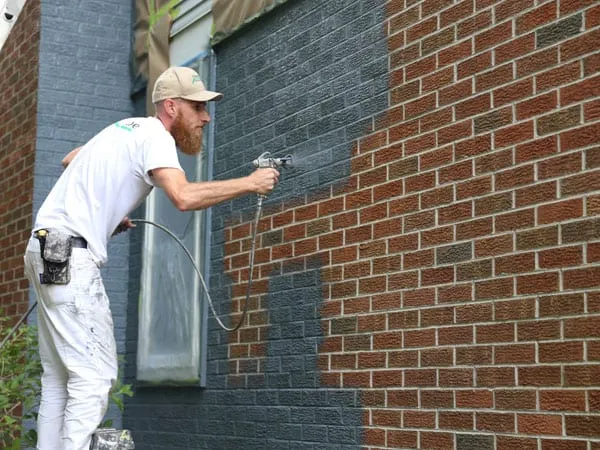
When it comes to spray painting, there are a few techniques that you need to master to achieve a smooth and even finish. In this section, we will discuss the three main sub-sections of spray painting: preparing the surface, choosing the right spray paint canister, and applying the spray paint.
Preparing the Surface
Before you start spray painting, it is important to prepare the surface to ensure that the paint adheres properly. Here are a few steps to follow:
- Clean the surface thoroughly to remove any dirt, grease, or debris.
- Sand the surface lightly to create a rough texture that will help the paint stick.
- Apply a primer to the surface to create a base layer that will help the paint adhere and last longer.
Read also: Caulk Before or After Painting
Choosing the Right Spray Paints Canister
Choosing the right spray paint canister is crucial to achieving the desired beautiful finish. Here are a few factors to consider when choosing a spray paint canister:
- Type of paint: Different types of paint require different spray paint canisters. For example, if you are using metallic paint, you will need a canister that is designed for metallic paints.
- Spray pattern: Different canisters produce different spray patterns, such as a narrow or wide spray. Choose a canister that is appropriate for the size of the surface you are painting.
- Nozzle size: The nozzle size determines the thickness of the paint spray. Choose a nozzle size that is appropriate for the type of paint you are using and the finish you want to achieve.
Applying the Spray Paint
Once you have prepared the surface and chosen the right spray paint canister, it’s time to apply the paint. Here are a few tips to keep in mind:
- Hold the canister about 6-8 inches away from the surface.
- Use a sweeping motion to apply the paint, moving the canister in a back-and-forth motion.
- Apply several thin coats of paint, rather than a thick one coat, to avoid drips and achieve an even finish.
- Allow the first coat to dry completely before applying the next coat.
By following these techniques, you can achieve a smooth and even finish with spray paint.
Techniques for Brush Painting
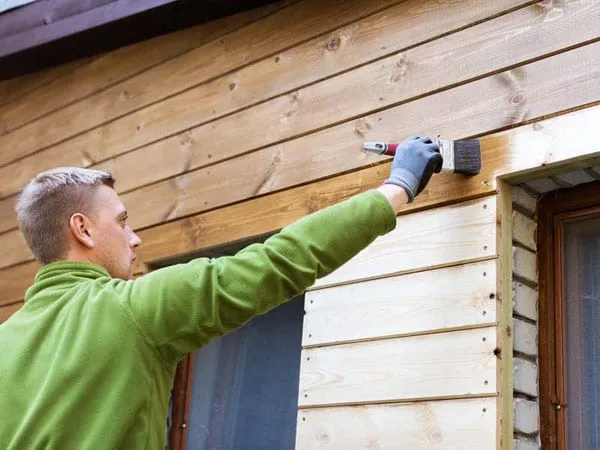
When it comes to painting with a brush, there are a few techniques that you should keep in mind to ensure that you get the best results possible. Here are some tips to help you get started:
Choosing the Right Brush
The first step in brush painting is choosing the right brush. You should select a brush that is appropriate for the type of paint and surface that you will be working with. For example, if you are painting a large surface, you may want to choose a brush with a wider bristle. On the other hand, if you are working on a smaller surface, you may want to choose a brush with a narrower bristle.
Preparing the Surface
Before you start painting, it is important to prepare the surface properly. This means cleaning the surface thoroughly to remove dirt, dust, or debris. You may also need to sand the surface to create a smooth, even surface for the paint to adhere to. If you are painting over an existing layer of paint, you may need to apply a primer to help the new paint adhere properly.
Applying the Paint
When it comes to applying paint, there are a few techniques that you can use to achieve the best results. First, you should load the brush with paint by dipping it into the paint and then tapping it gently against the side of the paint can remove any excess. Then, you can start painting by applying the paint in long, even strokes, working from one end of the surface to the other. It is important to avoid applying too much pressure to the brush, as this can cause the paint to smudge or streak.
Overall, brush painting can be a great way to achieve a beautiful, professional-looking finish on your surfaces. By choosing the right brush, preparing the surface properly, and applying the paint carefully, you can achieve great results that will last for years to come.
Cost Comparison
When it comes to painting, cost is always a consideration. You want to make sure you are getting the best value for your money. Here is a comparison of the costs associated with spraying vs. brushing:
Spraying
Spraying on paint and primer is much faster than brushing, but the gains in speed come at a cost. Here are some of the pros and cons of spraying:
- Faster application time
- Smooth, even finish
- No brush marks or drips
- Can cover large areas quickly
- More expensive equipment
- Higher material costs
- Requires more prep work (masking off areas, covering nearby objects)
- Requires more clean-up time
- Can create overspray, which can be messy and difficult to control
Brushing
Brushing is a tried-and-true method of painting that has been used for centuries. Here are some of the pros and cons of brushing:
- Lower equipment costs
- Lower material costs
- Can be done with basic tools
- More control over the application
- Can be easier to touch up mistakes
- Slower application time
- Can leave brush strokes or drips
- It can be difficult to achieve a smooth finish
- Not ideal for large areas
Overall, the cost comparison between spray or brush painting will depend on the size of the job, the type of paint being used, and the equipment and tools available. While using paint sprayers may be more expensive up front, it can save time in the long run. Brushing may be more affordable, but it requires more time and effort. Ultimately, choosing the two methods will depend on your specific needs and preferences.
Read also: How to Thin Oil-Based Paint
Conclusion
In summary, both spray painting and brush painting have their advantages and disadvantages, and the choice between the two depends on the specific project requirements and personal preferences.
Spray painting can be faster and more efficient, especially for large surfaces, and it can provide a smooth, even finish with no brush marks. However, it can also be messier, require more preparation, and may not be suitable for detailed or intricate work. Additionally, spray painting can be more expensive due to the cost of equipment and materials.
On the other hand, brush painting is generally more affordable and can be more precise, allowing for more control over the application of paint. It can also be easier to touch up or correct mistakes with brush painting. However, brush painting can take longer and may not provide as smooth of a finish as spray painting.
When deciding between spray painting and brush painting, consider the size and complexity of the project, the desired finish, and the available budget. In some cases, a combination of both techniques, such as using a paint sprayer for large areas and a brush for detail work, may be the best option.
Overall, both spray painting and brush painting have their place in the world of painting, and the choice between the two ultimately comes down to personal preference and project requirements.



